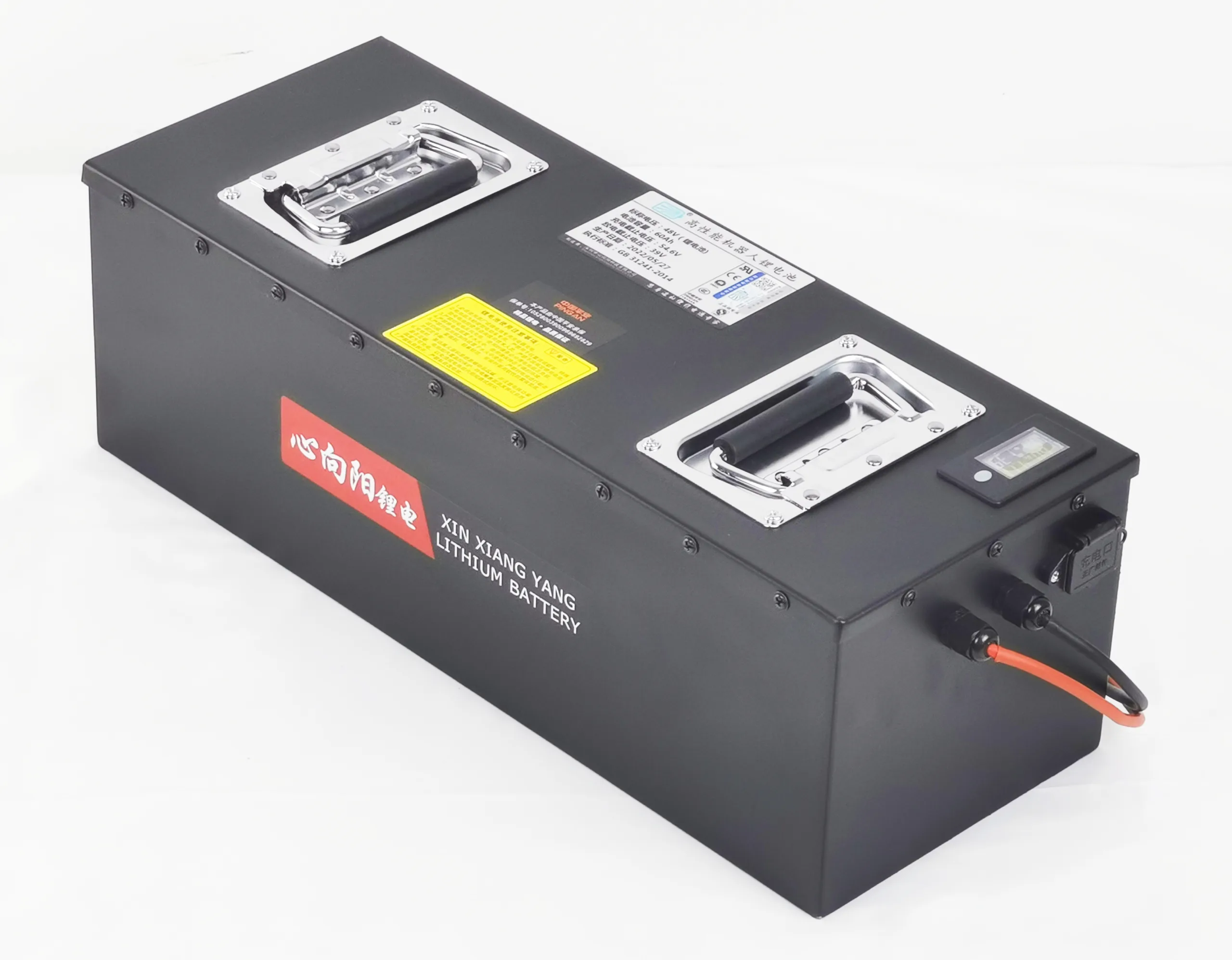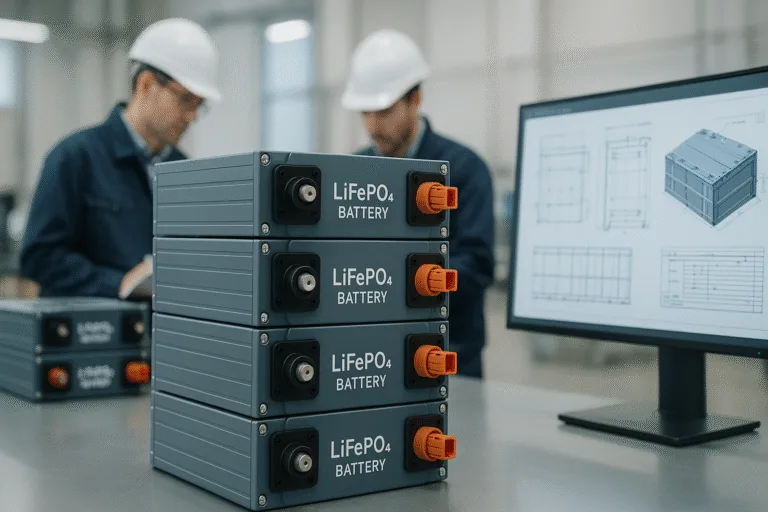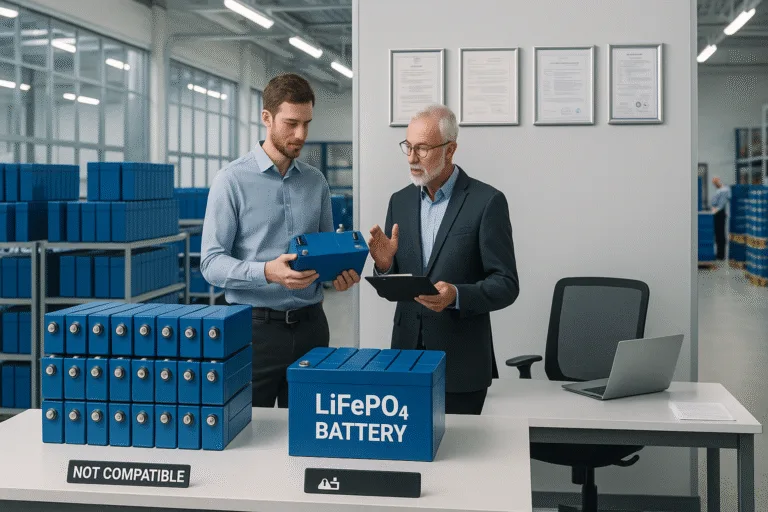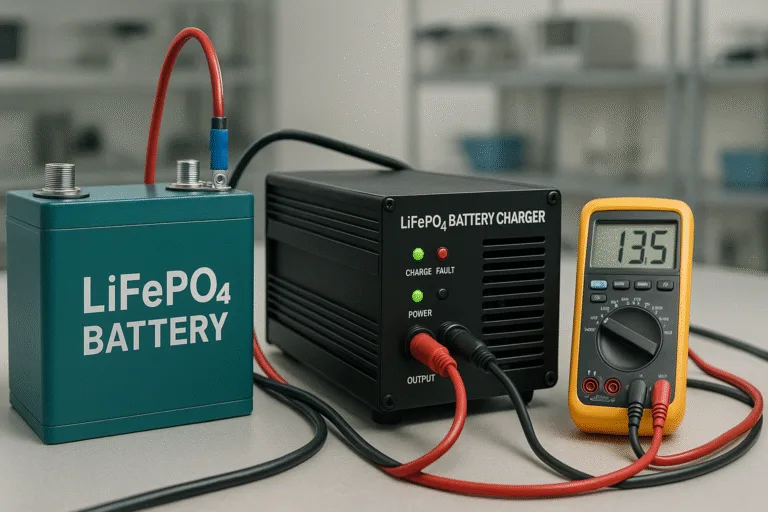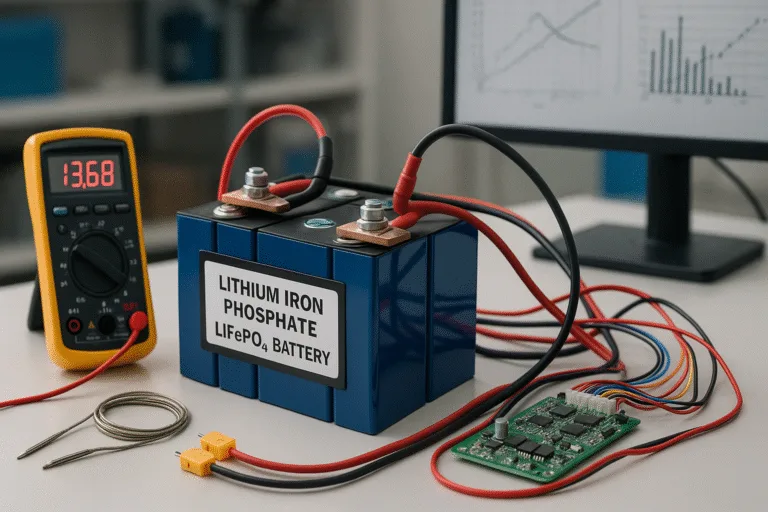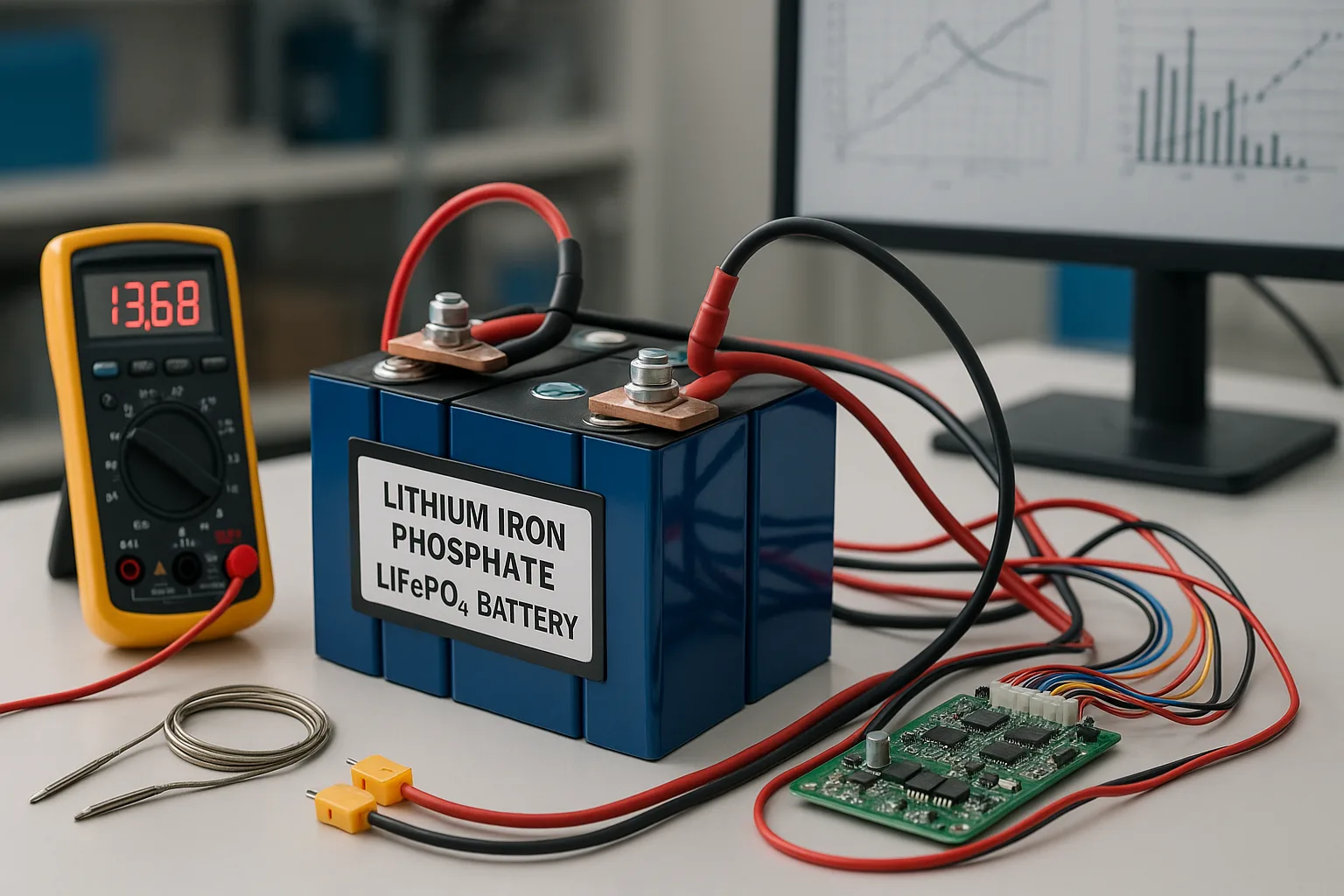
Do you understand the brain behind your LiFePO₄ battery? Without proper management, even the best battery can fail. We know that safety and longevity are paramount. Imagine a system that continuously protects your investment, ensuring consistent power and extended life.
A LiFePO₄ Battery Management System (BMS) is the electronic “brain” of a battery pack. It monitors, balances, and protects individual cells from overcharging, over-discharging, overcurrent, and extreme temperatures, ensuring the battery’s safety, optimal performance, and longevity.
I’ve seen firsthand how a well-designed BMS can make all the difference. Early on, I realized that LiFePO₄’s inherent stability still benefits greatly from intelligent supervision. Let’s explore the vital roles a BMS plays in your battery pack.
What does a LiFePO₄ battery management system (BMS) do?
Are you curious about the specific tasks a BMS performs? It is more than just a simple circuit. It acts as a comprehensive guardian for your battery.
A LiFePO₄ Battery Management System (BMS)1 continuously monitors cell voltage, current, and temperature. It prevents overcharge, over-discharge, and short circuits, balances individual cell voltages, and often estimates the battery’s state of charge and health.
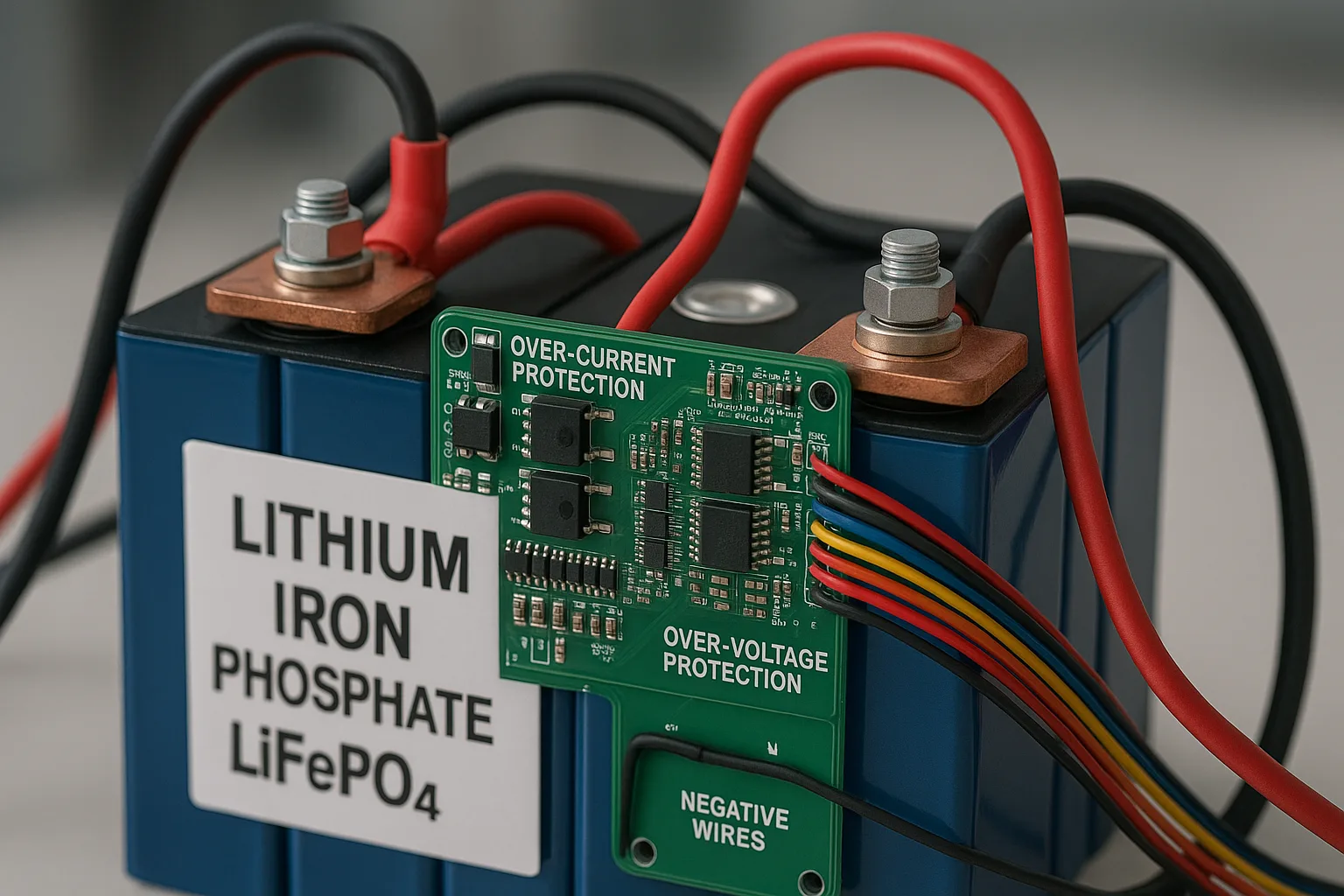
Core Functions: Monitoring and Protection
The primary role of a BMS is to keep a constant watch over the battery.
- Voltage Monitoring: The BMS checks the voltage of each individual cell within the pack. This is crucial because if one cell goes too high or too low, it can damage the entire pack.
- Current Monitoring: It tracks how much current flows in and out of the battery. This prevents too much current from flowing, which could cause overheating or damage.
- Temperature Monitoring: Sensors inside the pack check the temperature. If the battery gets too hot or too cold, the BMS can take action.
- Overcharge Protection: The BMS stops the charging process if any cell reaches its maximum safe voltage. This prevents damage from overcharging.
- Over-discharge Protection: It cuts off power if any cell drops below its minimum safe voltage. This prevents deep discharge, which can permanently damage LiFePO₄ cells.
- Short Circuit Protection: It immediately disconnects the battery if a short circuit occurs. This prevents dangerous current surges.
Enhancing Performance: Cell Balancing and State Estimation
Beyond protection, a BMS actively improves battery performance and lifespan.
- Cell Balancing: Over time, cells in a pack can become unbalanced. Some cells might be fuller or emptier than others. The BMS works to balance these cells, usually by moving small amounts of energy from higher-voltage cells to lower-voltage ones (active balancing) or by bleeding off excess energy from higher cells as heat (passive balancing). This ensures all cells work together efficiently. I have seen how proper balancing significantly extends battery life.
- State of Charge (SoC)2 and State of Health (SoH)3 Estimation: Many advanced BMS units can estimate how much charge is left (like a fuel gauge) and the overall health of the battery. This helps users know when to recharge and how much life is left in their pack.
| BMS Function | What it Does | Why it’s Important |
|---|---|---|
| Voltage Monitoring | Checks each cell’s voltage | Prevents over/under voltage, extends life |
| Current Monitoring | Tracks charge/discharge current | Prevents overheating, ensures safety |
| Temperature Monitoring | Senses internal pack temperature | Prevents thermal damage, optimizes performance |
| Cell Balancing | Equalizes charge among cells | Maximizes pack capacity and lifespan |
| Protection | Stops operations on unsafe conditions | Prevents damage, ensures user safety |
What is the safe temperature range for LiFePO₄ batteries?
Are you concerned about using your LiFePO₄ battery in different climates? Temperature is a critical factor. Knowing the safe range helps you protect your battery.
The typical safe operating temperature range4 for LiFePO₄ batteries is generally from -20°C to 60°C (-4°F to 140°F) for discharge. However, the optimal temperature range for both charging and discharging, which maximizes performance and lifespan, is narrower, usually between 0°C and 45°C (32°F and 113°F).
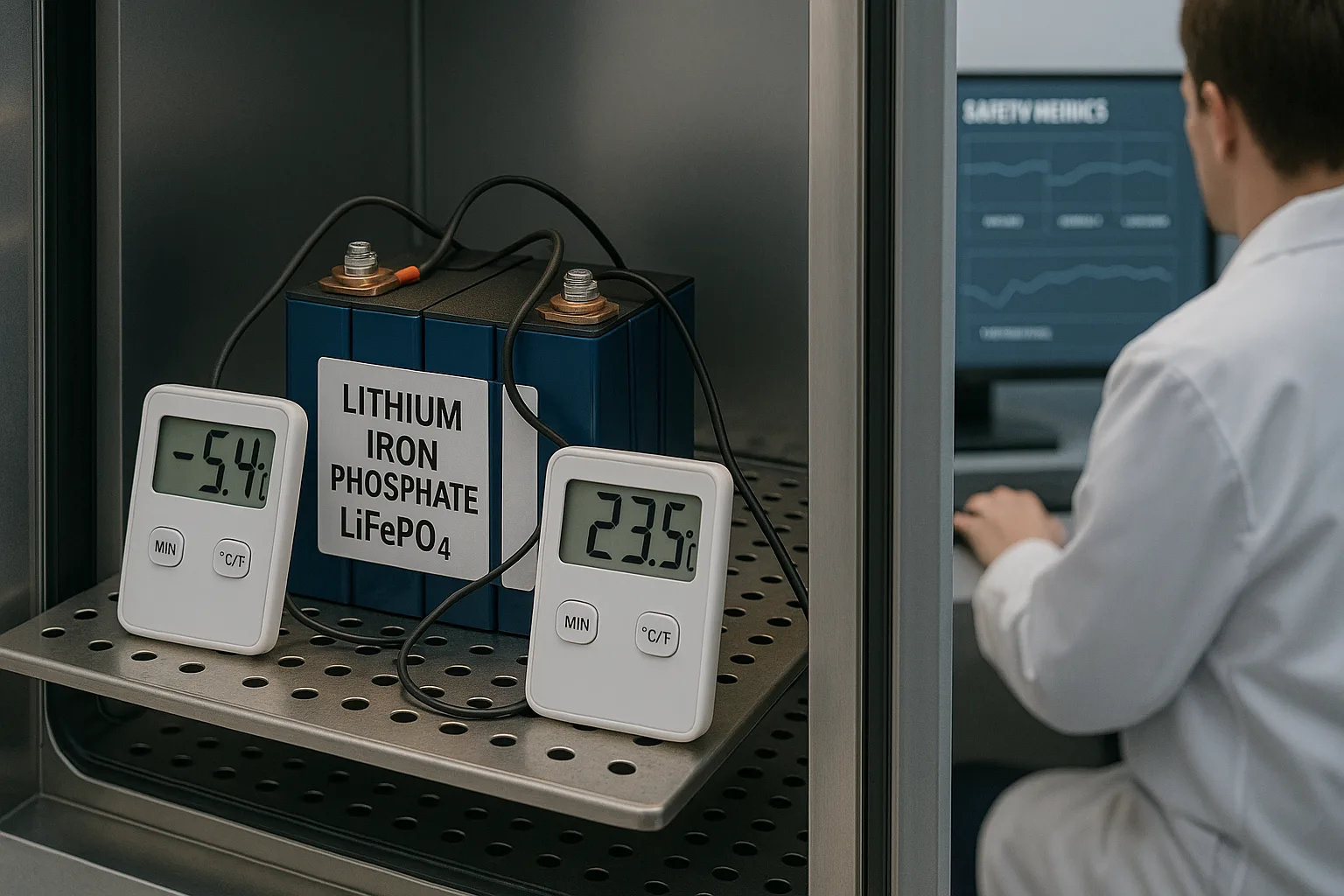
Operating Temperature vs. Charging Temperature
It’s important to differentiate between the temperature at which you can use (discharge) the battery and the temperature at which you can charge it.
- Discharge Range: LiFePO₄ batteries are quite robust. They can discharge power even in very cold temperatures5 down to -20°C or -30°C. They can also handle fairly high temperatures6 up to 60°C.
- Charging Range: Charging is more sensitive. It is crucial to avoid charging LiFePO₄ batteries below 0°C (32°F). Charging at freezing temperatures can lead to a process called "lithium plating." This can permanently damage the cells, reducing capacity and cycle life. The ideal charging range is usually between 0°C and 45°C.
Why Temperature Matters for Safety
Extreme temperatures, particularly high ones, can accelerate chemical degradation inside the battery. While LiFePO₄ is less prone to thermal runaway than other lithium chemistries, excessive heat can still shorten its lifespan and, in very extreme cases, pose safety risks. The BMS plays a key role here, often shutting down charging or discharging if temperatures go outside safe limits.
Optimal Storage Temperature
For long-term storage, keeping LiFePO₄ batteries in a cool, dry place is best. Temperatures between 10°C and 25°C (50°F and 77°F) are usually ideal. Storing them at around 50% State of Charge (SoC) also helps maintain their health over time.
How does temperature affect the performance of a LiFePO₄ battery?
Does temperature really impact your battery’s power? Absolutely. Both cold and hot conditions can change how your LiFePO₄ battery performs. I have seen these effects in various applications.
Temperature significantly affects LiFePO₄ battery performance: cold temperatures reduce available capacity and increase internal resistance, leading to lower power output, while high temperatures accelerate degradation, shorten lifespan, and can increase self-discharge.
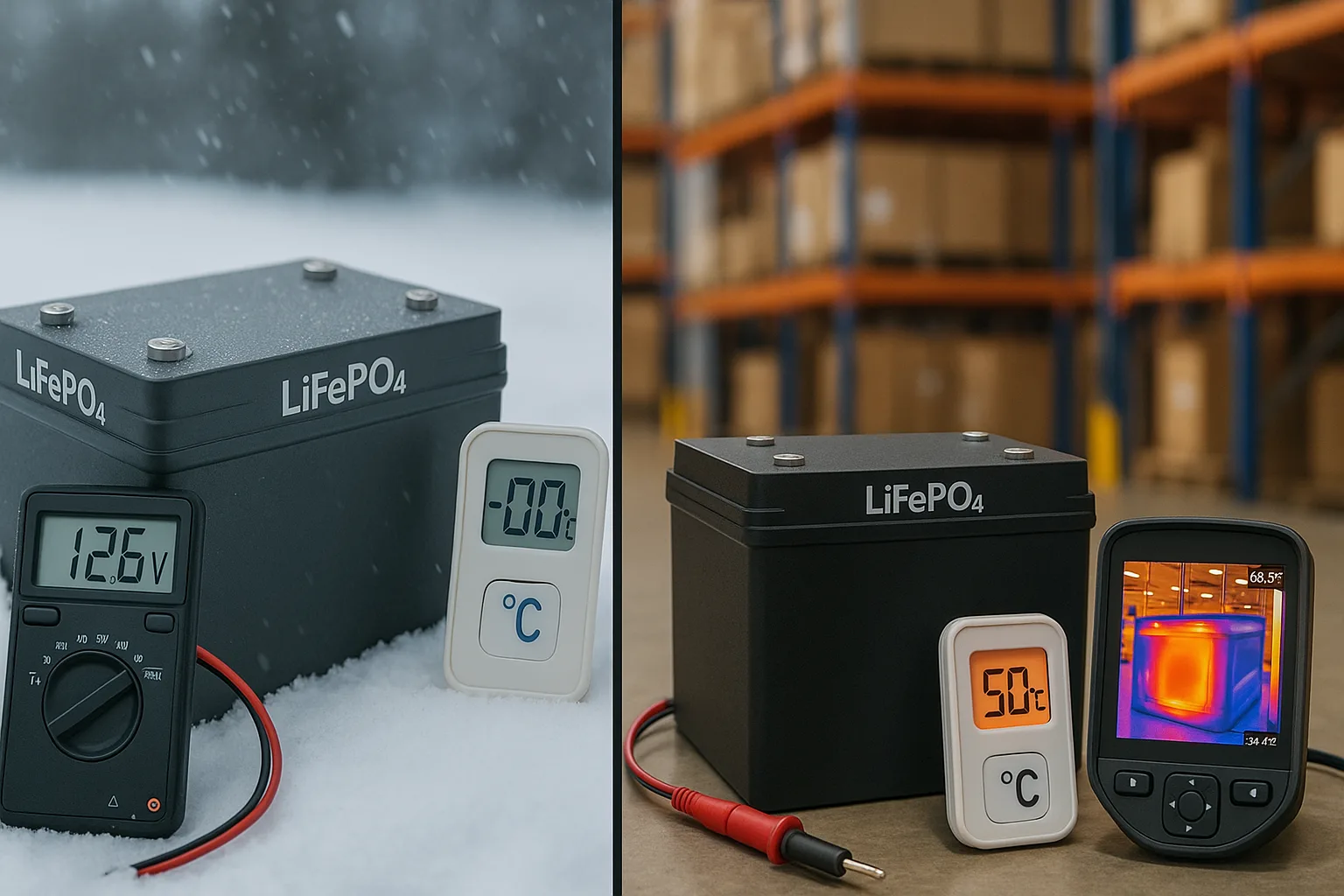
Impact of Cold Temperatures
When LiFePO₄ batteries get cold, a few things happen:
- Reduced Capacity: The chemical reactions inside the battery slow down. This means you get less usable energy than the battery’s rated capacity. It’s like your car feeling sluggish in winter.
- Increased Internal Resistance: The battery becomes less efficient at delivering power. This means more energy is lost as heat inside the battery itself, rather than going to your device.
- Voltage Drop: You might see a more significant voltage drop under load. This can cause devices to stop working or perform poorly.
- Charging Risk (as noted above): Charging below freezing can cause permanent damage. Some advanced LiFePO₄ batteries have built-in heaters to prevent this.
Impact of High Temperatures
High temperatures also have negative effects, primarily on the battery’s lifespan:
- Accelerated Degradation: Heat speeds up the chemical aging process. This means the battery will lose capacity and cycle life faster.
- Increased Self-Discharge: Batteries tend to lose charge more quickly when stored or operated in very hot environments, even when not in use.
- Reduced Safety Margins: While LiFePO₄ is very safe, extreme heat reduces its safety margin, making it more vulnerable to issues if other faults occur.
Optimal Performance Window
For the best performance and longest life, try to keep your LiFePO₄ battery within its optimal operating temperature range. This is usually between 0°C and 45°C (32°F and 113°F). Implementing good thermal management, like proper ventilation or cooling systems, can help keep batteries in this ideal range.
Can I get a LiFePO₄ battery pack with built-in BMS?
Are you looking for an easy, safe battery solution? Many LiFePO₄ battery packs come ready-to-use. They include a crucial component.
Yes, most commercially available LiFePO₄ battery packs are sold with a built-in Battery Management System (BMS). This integrated BMS7 is essential for the pack’s safety, performance, and longevity, as it monitors and protects all the individual cells within the pack.

The Standard for LiFePO₄ Packs
For professional manufacturers like JUNDA, providing a built-in BMS is standard practice. It is not an optional extra. This is because a LiFePO₄ battery pack without a BMS would be unsafe and unreliable. It would also have a very short lifespan. I always tell our clients that the BMS is as important as the cells themselves.
Benefits of an Integrated BMS
Having the BMS integrated into the pack offers many advantages for you as a user:
- Plug-and-Play Convenience: The pack is ready to use right out of the box. You do not need to wire a separate BMS.
- Guaranteed Compatibility: The manufacturer ensures the BMS is perfectly matched to the specific cells and configuration of the pack. This removes guesswork.
- Enhanced Safety: All critical protection features (overcharge, over-discharge, overcurrent, temperature) are managed automatically by the BMS. This layer of protection is vital.
- Optimized Performance: The BMS balances cells, ensuring they work together efficiently. This maximizes the pack’s usable capacity and extends its overall lifespan.
- Warranty: Battery packs with integrated BMS typically come with a warranty. This gives you peace of mind.
What to Look For
When buying a LiFePO₄ battery pack, always confirm it includes a BMS. Check the product specifications for details on the BMS features, such as:
- Maximum Charge/Discharge Current: Does it match your application’s needs?
- Bluetooth Connectivity: Some smart BMS8 units allow you to monitor battery data via an app.
- Low-Temperature Cut-off: Important if you plan to use the battery in cold climates, as it prevents charging below freezing.
What should I know about using a 48V BMS9 for a LiFePO₄ battery pack?
Are you setting up a 48V LiFePO₄ system? The BMS for such a pack has specific requirements. Understanding them ensures your high-voltage system is safe and efficient.
When using a 48V BMS for a LiFePO₄ battery pack, you must ensure it supports a 16S cell configuration10, can handle the pack’s maximum continuous discharge and charge currents, and offers essential protections like over-voltage, under-voltage, and temperature cut-offs specific to 48V LiFePO₄ systems.
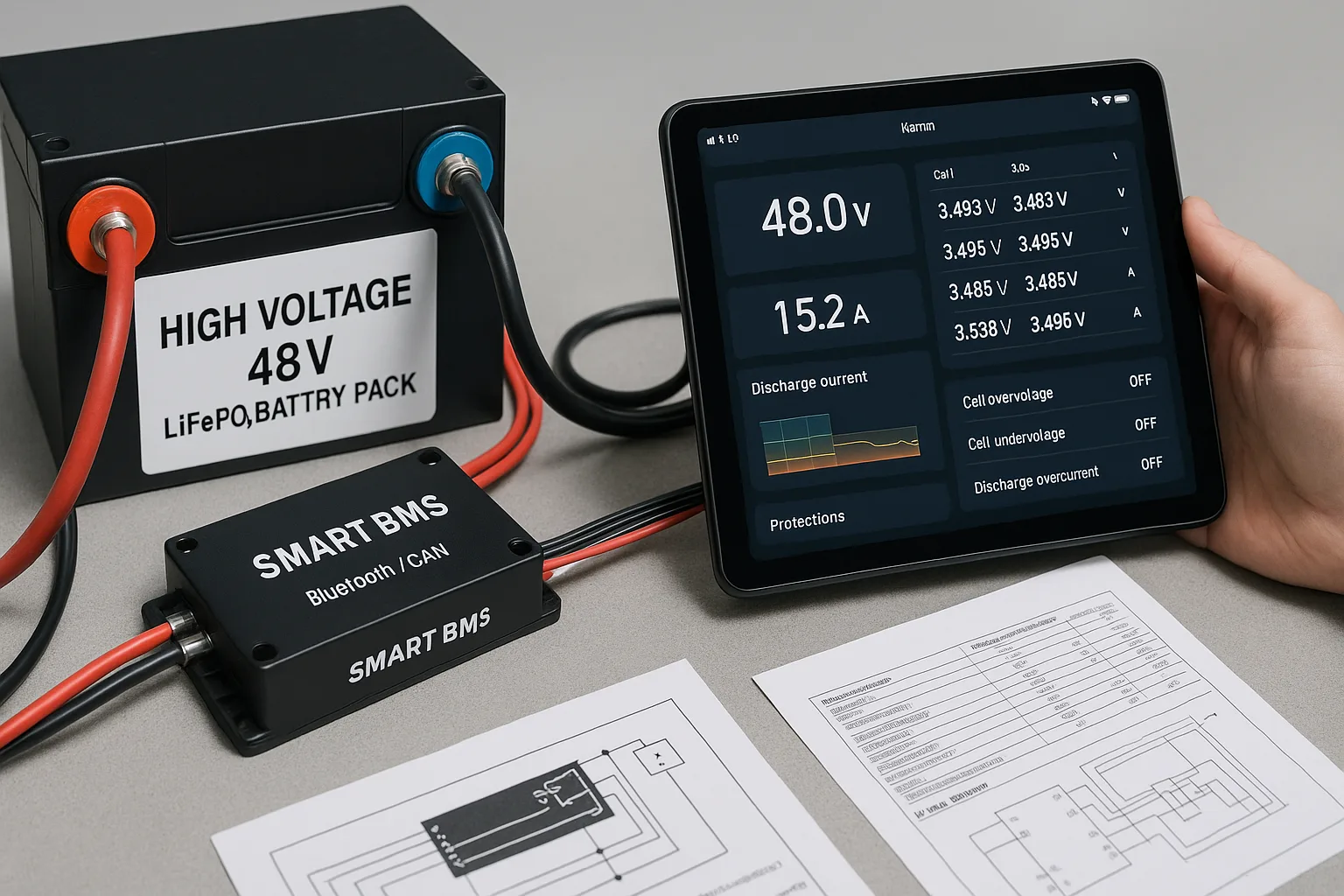
BMS Compatibility with Cell Configuration
A standard 48V LiFePO₄ battery pack is typically made of 16 individual 3.2V cells connected in series (16S). Therefore, your BMS must be specifically rated for a 16S (16 series) configuration. Using a BMS with fewer or more series capabilities will not work correctly. It might not protect all cells, or it could malfunction.
Current Ratings: Discharge and Charge
The BMS has a maximum continuous discharge current and a maximum continuous charge current rating.
- Discharge Current: This must be equal to or greater than the maximum current your application will draw. For example, if your e-bike motor needs 40A, your BMS should support at least 40A continuous discharge. I often recommend adding a safety margin.
- Charge Current: This must also be compatible with your charger’s output. The BMS will limit the charging current if it exceeds its rating.
Critical Protection Features for 48V Systems
For a 48V system, these protections are even more vital due to the higher energy involved.
- Over-Voltage Protection (OVP): Shuts off charging if any cell exceeds 3.65V (or the BMS setpoint). For a 16S pack, this means the pack voltage will be cut off around 58.4V.
- Under-Voltage Protection (UVP): Cuts off discharge if any cell drops below 2.5V (or the BMS setpoint). For a 16S pack, this means the pack voltage will be cut off around 40V.
- Temperature Protection: Monitors cell temperatures and cuts off charge/discharge if they go outside the safe range (e.g., stops charging below 0°C or above 45°C).
Communication and Balancing for Larger Packs
Many 48V BMS units, especially for larger applications like solar energy storage or EVs, offer advanced features:
- Smart BMS (Bluetooth/CAN Bus): Allows you to monitor detailed battery data on your phone or computer. This includes individual cell voltages, temperature, and cycle count.
- Active vs. Passive Balancing: For larger 48V packs, active balancing (which moves energy between cells) can be more efficient than passive balancing (which dissipates excess energy as heat).
Understanding these specifics helps ensure your 48V LiFePO₄ system operates safely and effectively.
Conclusion
A LiFePO₄ battery’s BMS is its crucial brain, protecting cells from extremes and balancing performance. While the safe operating temperature range4 is wide, charging below freezing is harmful. Temperature greatly affects capacity and lifespan. Most LiFePO₄ battery packs come with a built-in BMS for safety and convenience. For 48V packs, ensure the BMS matches the 16S configuration and current demands.
-
Explore this resource to understand the critical role of a BMS in battery safety and performance. ↩
-
Explore the concept of SoC to understand battery usage and efficiency. ↩
-
Learn about SoH to gauge battery performance and longevity. ↩
-
Find out the ideal temperature range to ensure battery safety and performance. ↩ ↩
-
Learn about the impact of cold on battery capacity and efficiency. ↩
-
Discover how high temperatures can accelerate battery degradation. ↩
-
Explore the advantages of having a built-in BMS for safety and convenience. ↩
-
Explore the advanced features of smart BMS for enhanced battery management. ↩
-
Understand the specific requirements for a 48V BMS to ensure safe operation. ↩
-
Learn about the significance of 16S configuration for 48V LiFePO₄ systems. ↩

